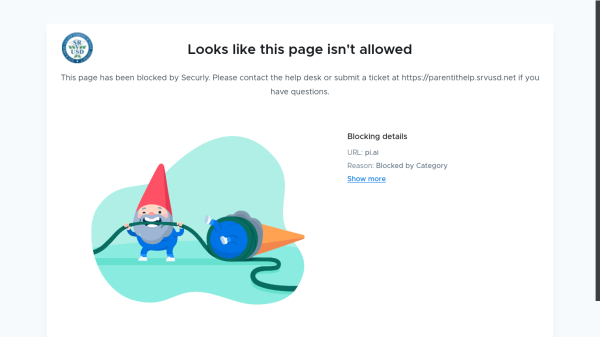Remote learning brings changes
The 2020-2021 school year began virtually for nearly all Contra Costa County high school students and staff because of the COVID-19 pandemic. Classes are being taught remotely and that has impacted learning and teaching styles.
For the 10,894 high school students in the San Ramon Valley United School District who began school Aug. 13, it has meant teachers conducting classes using digital platforms and tools.
All teachers are operating on Google Classroom, allowing them to assign and grade assignments to students. For video calls, some teachers are using either platforms Zoom or Google meets, depending on individual preferability.
The district created a distinct schedule for students and teachers to follow. On Mondays, each class period is 35-minutes long, with five minutes in between classes. On Tuesdays through Fridays the school day is divided up into blocks of 85-minute periods.
Student support classes are also held Tuesdays through Friday. A student support class can be an intervention, study hall or makeup class attached to the first and second period classes. During this period, students are able to go separate zoom sessions to receive help from teachers or just simply work on their homework or take a break.
With the start of school, SRVUSD returned the grading policy from pass or no mark to letter grades. Last spring, the school district had adjusted the grade policy to pass/no mark when students were sent home because of the COVID-19 pandemic. The pass/no mark was displayed on a student’s transcript but had no impact on the students current grade point average (GPA).
Grades and assignments for this school year can all be checked on Infinite Campus portal or Google Classroom.
Monte Vista High School Advanced Placement (AP) World History teacher Anastasia Chrzanowski noticed that the school district this year had a smoother transition than last spring. She said although there are some downsides to remote learning, one of the important aspects is to create a healthy environment for everyone.
“I feel like every teacher feels safe teaching from home, but we are all missing the classrooms and the energy,” Chrzanowski said.
Along with the district guidelines, every student is required to have their video camera on, unless it is inaccessible to them. Students must also mute their microphone unless stated otherwise during the remainder of the class time.
Remote learning will leave students with minimal interaction compared to attending class in person. That concerns some students.
“Sometimes I get a little bit bored and distracted during my teachers’ Zoom lectures because it’s primarily just one person talking at a time,” said Monte Vista High junior Sabeeka Qureshi. “It’s like no one wants to participate with the teacher online.”
Most classes require students to have their laptop camera on, but teachers aren’t able to see what’s not in the view of the screen.
“Students say many are going to their phone and trying to not get caught,” Qureshi said.
Phones can distract students from important information that the teacher has to offer and acts as a major threat of distraction.
“It’s so tempting to go on my phone and become distracted but I know it’s going to affect my concentration,” Qureshi said.
Before the pandemic, school was an opportunity to make new friends and allow students to have social interaction. With remote learning, some students say they lack the communication with their classmates and potentially their teacher.
“It is hard to get my students to share their thoughts over an online platform with other people they don’t really know well,” said Chrzanowski, the AP world history teacher.
To be able to access remote school, a student must have access to a technology device and stable internet connection. Students are not the only ones learning remotely, many parents are working from home which can have an affect on the internet service.
“Considering that my dad works (online) and my brother has online school, the internet can sometimes become crowded and slow,” junior Khushi Kunjoor said.
On the other hand, students say there are some advantages to remote learning. A commute to school could take about 20 to 30 minutes one way. Remote learning is accessible with the click of a touch to interact with fellow peers and teachers.
Kunjoor said she has taken the bus to school for the last two years with a total commute of about one hour a day. Not only did she have to wake up earlier but the commute gave her less time after school time for homework.
“Now I don’t have to worry about commuting everyday, which also puts less stress on my parents,” Kunjoor said.
Students noted that with all the factors involved in remote learning, teachers are constantly giving positive reinforcement for them to not lose hope and motivation. Teachers are understanding of the different home situations and only want the best for their students.
Still, students say they need to apply themselves even more. “With everything online, self-motivation can have a key factor on how well you succeed in the classes,” Kunjoor said.

Angelina Izmaylova is a senior who is the CC Spin Editor and Breaking News Editor for The Stampede....






